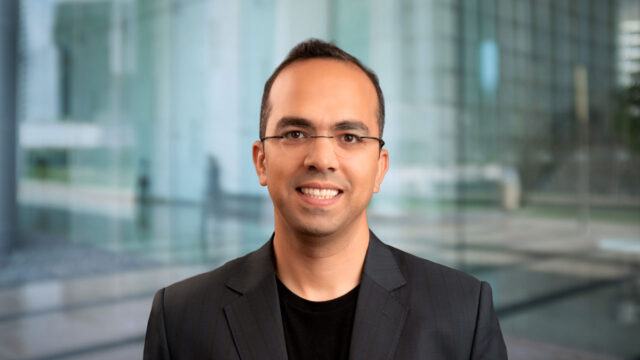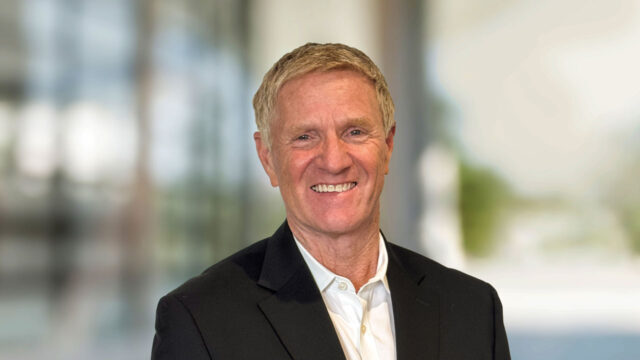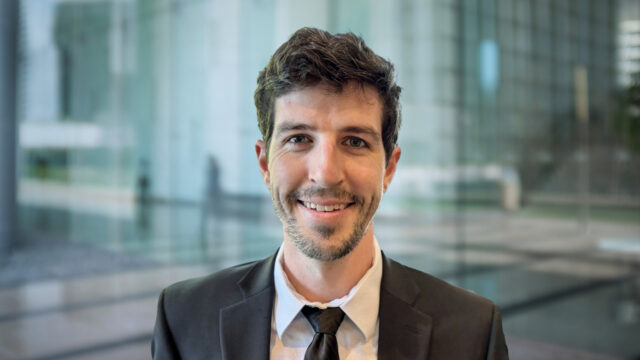News & Insights

Our experts share their latest thinking on applying our Leading with Science® approach to solve today’s toughest challenges and help our clients prepare for a more sustainable future.
Our featured insights
Discover insights by sector
Our world-class engineers and scientists leverage industry-leading technical expertise, in-depth local knowledge, and sustainable approaches to provide resilient solutions for our clients.


















